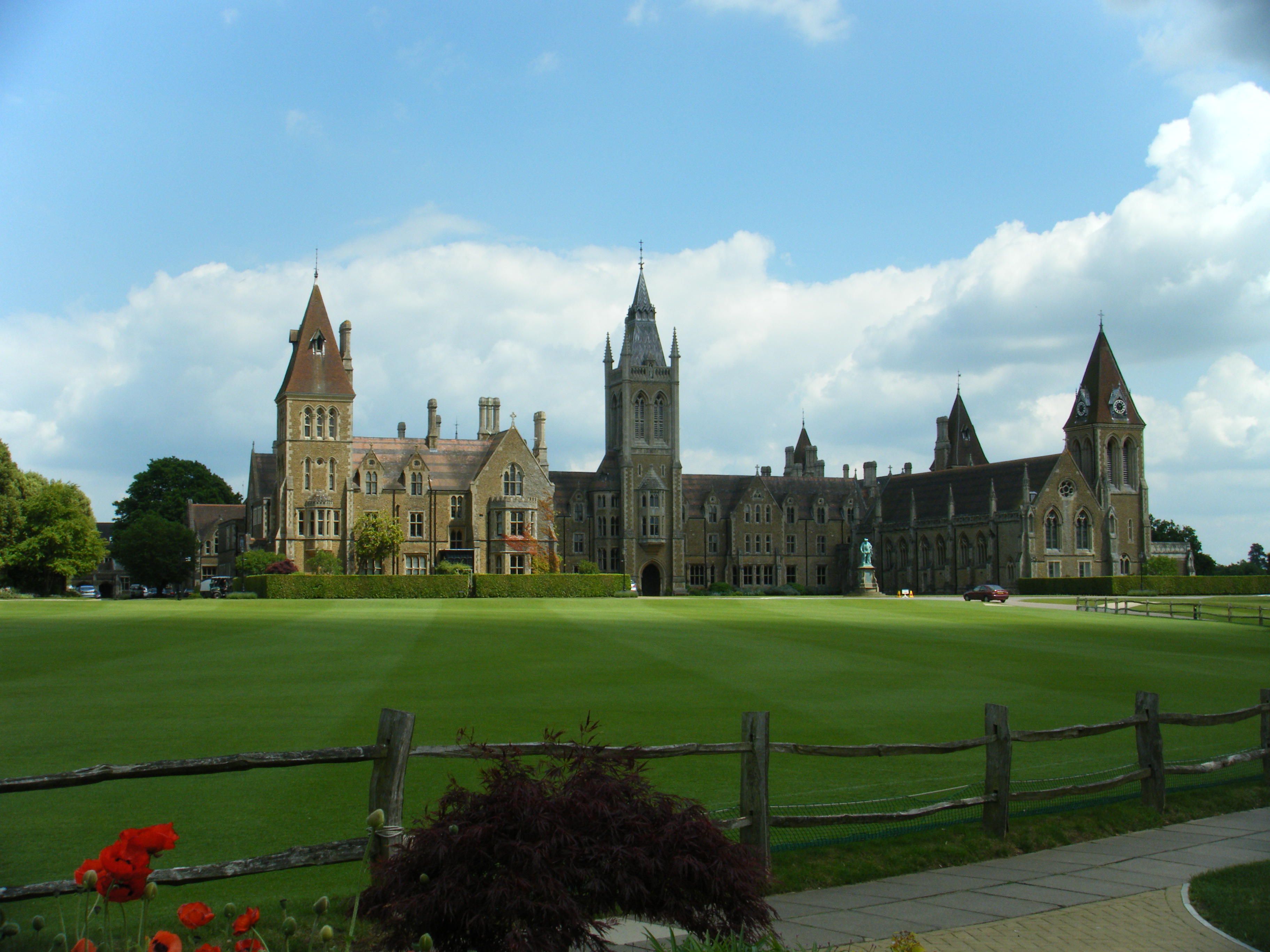
The recent Thanksgiving Break provided some time for much need rest and relaxation, but it also allowed me to catch up on some film viewing. Here are some brief reflections on current and recent films.
The family and I went to see Fantastic Beasts and Where to Find Them, J. K. Rowling’s latest film set within the Harry Potter universe, though without the “boy who lived.” This was an outstanding film, well-conceived, well-acted, and well-designed and implemented. Not only was I thrilled to have the chance to revisit Rowling’s magical universe, but there was so much new material (and just enough knowing glances toward the Harry Potter series) that I did not miss Harry, Ron, Hermione, and the rest at all. Go see this film and experience it on the big screen. Even if you are not a huge Potter fan, seeing the ensemble–mostly adults in this case–playing their parts so well (and clearly enjoying them) is a treat.
I also finally had the chance to watch The Nice Guys. Like Fantastic Beasts, which is set in the 1920s, Nice Guys looks back in time, in this case to the 1970s. That decade does not get the kind of attention that the 1940s, 1950s, and 1960s do. Perhaps it has been “too recent” for current generations of film makers to revisit. But the familiarity and unfamiliarity of the 1970s makes for compelling storytelling, if done well. This film did it well. Not for the faint of heart (the themes are adult and there is a substantial amount of violence), The Nice Guys nevertheless offers witty dialogue, great pacing of plot, interesting characters, and another outstanding ensemble of actors. While not as visually spectacular as Fantastic Beasts, it is still very colorful — more so than action films from the 1970s!
Lastly, Kubo and the Two Strings is a magnificent, family-friendly film that celebrates family affection but also powerfully endorses creativity, storytelling, and music making. Indeed, music repeatedly plays critical roles within the plot itself, and the final resolution of conflict — true resolution, not violent suppression of one side or the other — is achieved through music itself. Kubo is a gorgeous production; one can appreciation it without knowing much about its artistic or cultural contexts or inspirations, though if you’ve seen some Japanese or Japanese-inspired animation, you will probably catch many subtle visual and situational references. My family was struck at times by subtle linkages to the Last Airbender animated television series, as well as classic Hayao Miyasaki films.
I also wrapped up watching Season 2 of The Leftovers in November, but my reflection on that series will have to wait for another post. Like so many of you, I cannot wait for the arrival of Rogue One in theaters. I will blog about that movie in December.
Happy holidays!
Stan
